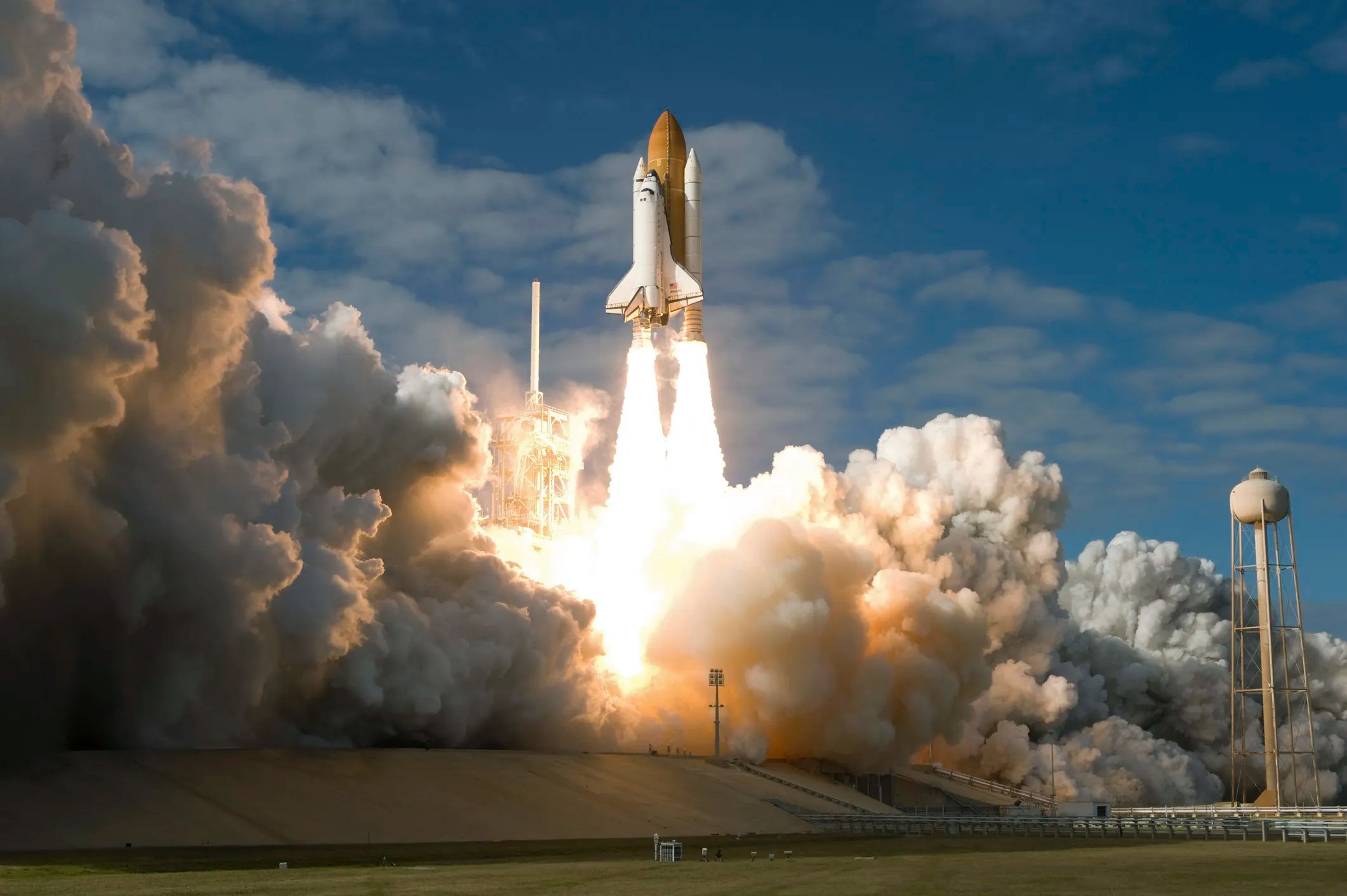AIAA R-099-2001: Space Launch Integration

The Soviet Union’s launch of Sputnik I in 1957 is credited with launching the U.S. space program. Now, more than 300 orbital launches are expected in 2025, with a continued focus on both crewed and uncrewed missions, helping us study the Earth, solar system, and universe. AIAA R-099-2001: Recommended Practice: Space Launch Integration summarizes the current practices for integration of a spacecraft onto a space launch system.
Understanding Space Launch Integration
From early rocket launches to today’s complex commercial and international missions, space launch integration has grown from a relatively simple engineering task to a sophisticated discipline involving hardware, software, operations, and global collaboration. This task refers to the process of coordinating and aligning all the systems, operations, and stakeholders involved in preparing a spacecraft for launch into space. It is a critical phase in any space mission, ensuring that all systems—technical, operational, logistical, and regulatory—work together smoothly and safely to achieve a successful mission.
To help assure effective launch integration, AIAA R-099-2001 identifies best practices.
What Is AIAA R-099?
AIAA R-099-2001 identifies the processes and methodologies of space launch integration and recommends demonstrated practices that can improve the launch integration process. These recommended practices are drawn from both government and commercial sectors; they are identified in four areas:
- Physical and environmental interfaces
- Pre- and post-launch operations and processes
- Interface requirements definition and verification
- Mission assurance and risk management
In selecting the recommended practices, AIAA R-099-2001 details that the following considerations are significant: level of effort, the launch integration process itself, required products and services, project organization, metrics, process improvement, and streamlining. Moreover, the objective of AIAA R-099-2001 is to improve the overall efficiency and effectiveness of space launch integration by recommending best practices in these key areas.
The Early Space Era (1940s–1950s)
The Early Space Era, spanning the 1940s and 1950s, laid the groundwork for modern spaceflight and is marked by significant advancements in rocketry:
- V-2 Rockets (Germany, WWII): These were the first large-scale rockets, and although primitive, they marked the beginning of integration challenges — combining propulsion, guidance, and payload.
- Sputnik 1 (1957, USSR): The first artificial satellite. Launch integration was basic but crucial, focusing on fitting the satellite to the R-7 rocket and ensuring basic telemetry.
- Explorer 1 (1958, USA): The U.S. response to Sputnik. Integration included last-minute adjustments to payload mass and systems, showing how crucial launch compatibility was.
Although marked by military applications of rocket technology, the early space era paved the way for scientific exploration and new technologies that became foundational for future space programs and advancements.
Modern and Reusable Launch Systems (2010s–2020s)
With the development and implementation of reusable rockets, 2010s to the 2020s has witnessed a revolutionary shift in spaceflight with the rise of modern and reusable launch vehicles (RLVs). Unlike traditional rockets which are discarded after a single use, RLVs are designed to be launched, recovered, and reused multiple times.
Reusable launch systems have transformed the landscape of spaceflight by making it more accessible, affordable, and sustainable. The future of RLVs is poised for significant growth, driven by the increasing demand for more frequent and affordable space access.
AIAA R-099-2001: Recommended Practice: Space Launch Integration is available on the ANSI Webstore.






